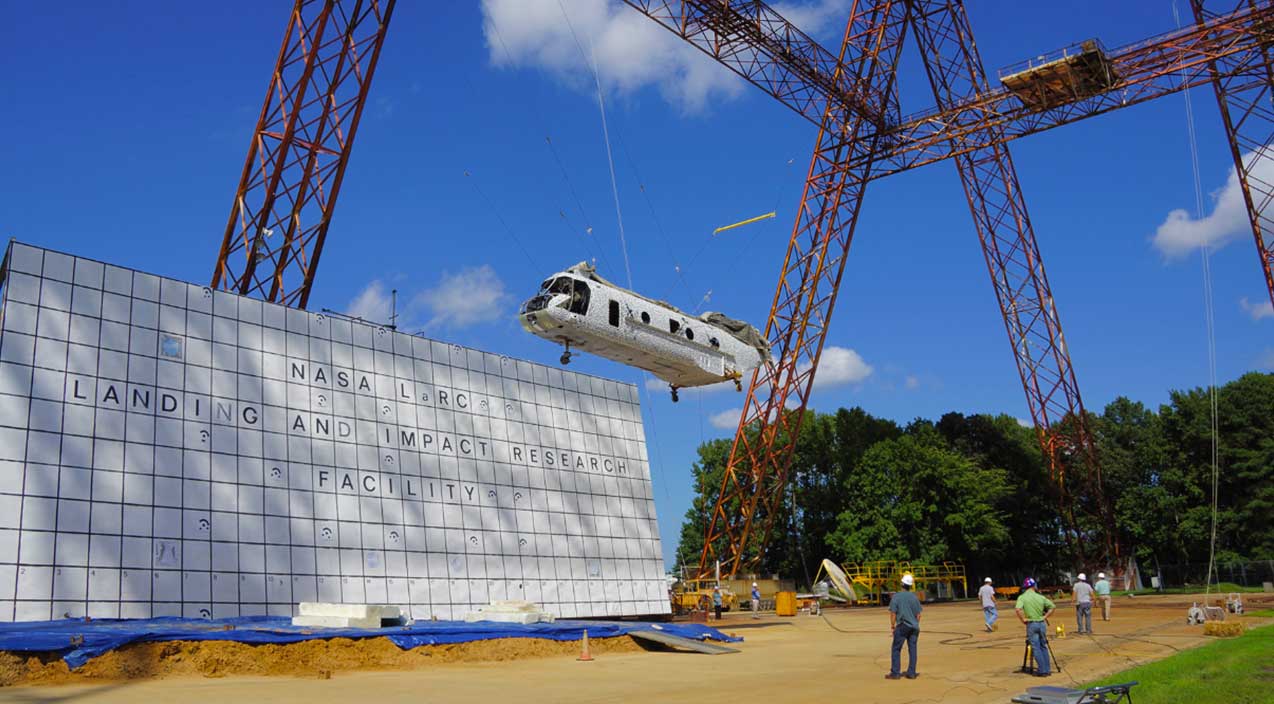NASA Crash Tests Full-Size Aircraft And Its Awesome

In the crash testing of a regular vehicle, you get to see the behind-the-scenes, obviously, on how exactly some of the cars that you see on the street every day crumble when put up against a little bit of pressure in an accident situation. In addition to seeing just how some of these cars fold, the test provides both a moral and legal backbone for the vehicles that you see on the roadways since manufacturers want to make sure that they are putting out a safe product in the event that it gets tangled up in an accident that could very well happen as well as making sure that the vehicle abides by safety regulations put in place by law.
What happens, though, with airborne vehicles? If you were to ride along in an airplane or helicopter, are these things put through crash testing parameters? While it doesn’t appear as if an airplane crash test is necessary legally, that isn’t to stop institutions like NASA from conducting such testing, anyway. However, this sort of crash test might not be for the exact reason that you might think.
While some of the tests do revolve around safety in survivable instances, like a water landing, most sources around the web will tell you that if your plane is going to crash, in the vast majority of instances it’s an unsurvivable situation. However, there is still much to improve in the case that a crash does come about such as the durability and design of emergency locator transmitters. It is said that sometimes, limiting the collateral damage after such a crash is also observed in these scenarios where full-size aircraft are put through crash testing.

